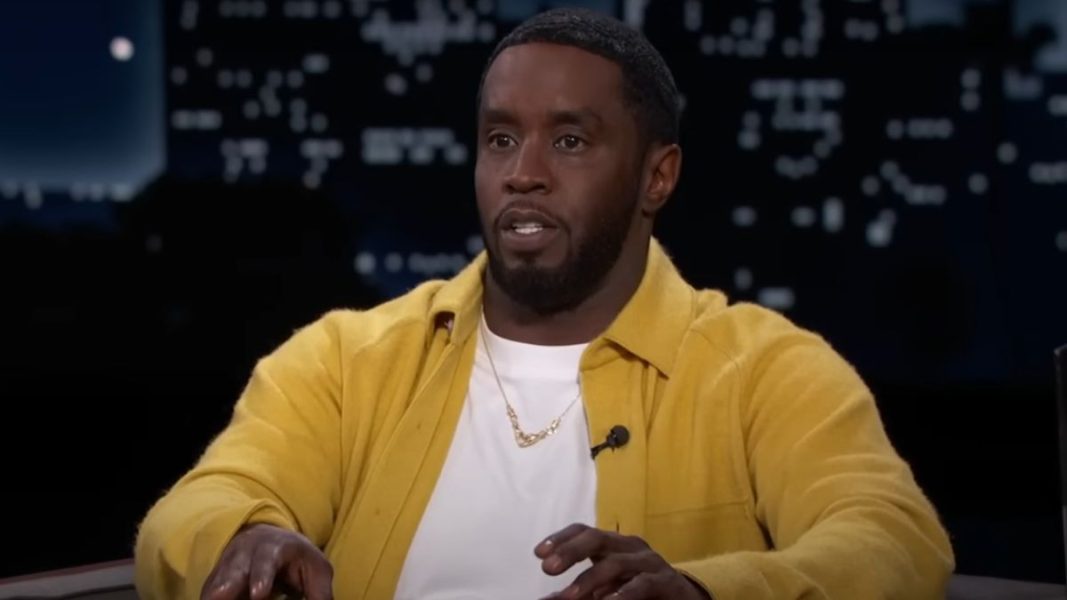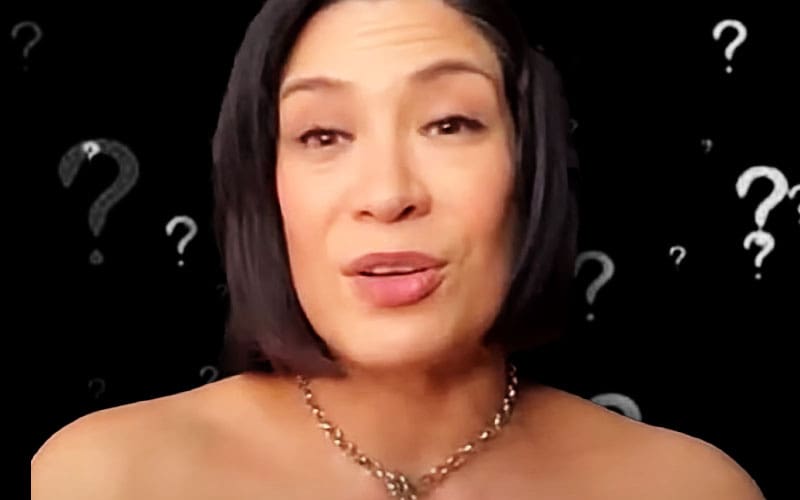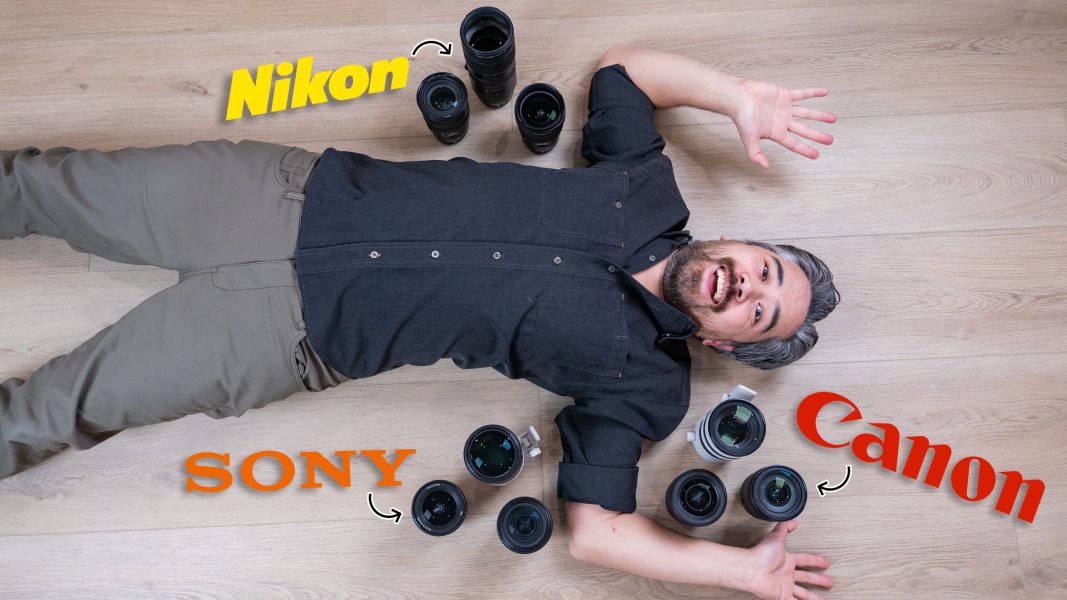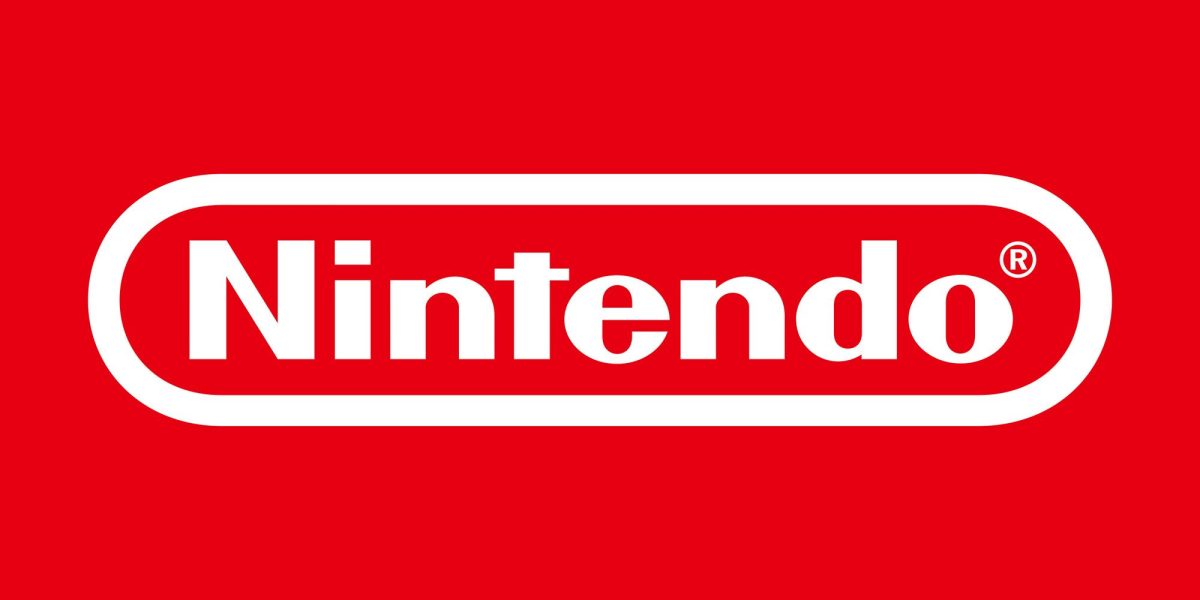Netflix’s New No. 1 Show Takes On the Darkest Chapter in Mormon History—and Softens It – Slate
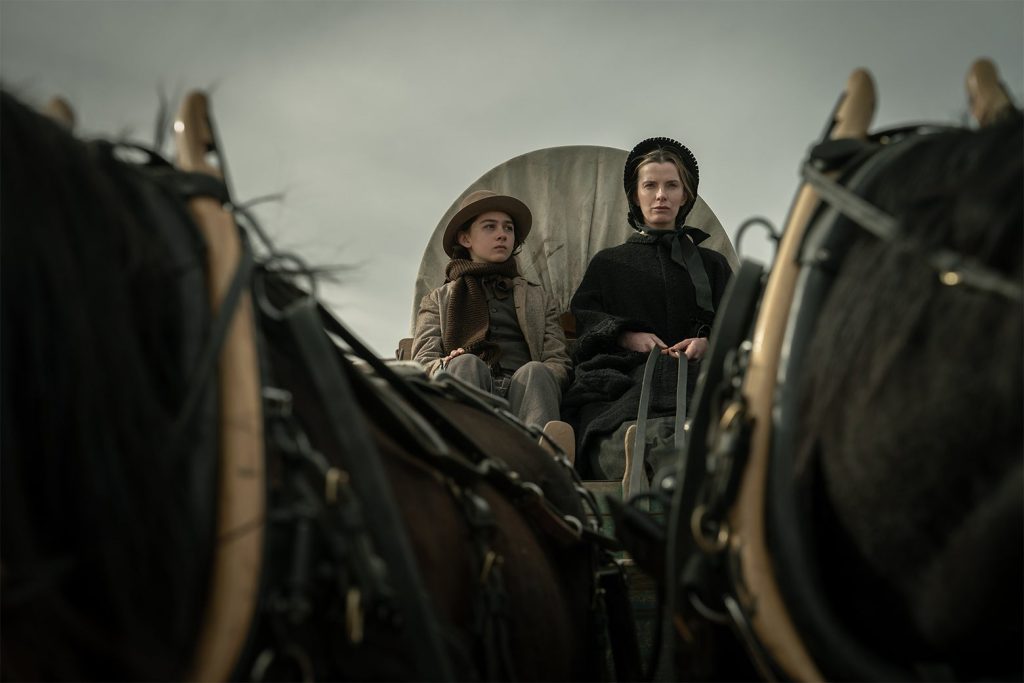
Six dark-toned episodes of American Primeval, an expensive-looking Western created by Mark L. Smith, the screenwriter for the Oscar-winning film The Revenant, are now sitting in the No. 1 TV spot on Netflix. This limited series unites, for the fifth time, Friday Night Lights’ Peter Berg and Taylor Kitsch, for a story about the struggle for control in what is now Utah and southern Wyoming, right before the Civil War. Like many other past and recent entries in the genre, American Primeval is full of blood, guns, and death. The creators aimed for a singularly grim aesthetic, so much so that the show’s sound designer, interviewed about the project in the New York Times, mentioned that Berg had him remove all birdsong from the mix. In promoting the show, Netflix argues that the series has a lesson that makes it stand out among entertainments set in the American West. Namely: The American West was a mess.“We have consistently proven ourselves to be … a very violent, territorial species,” is Berg’s philosophical takeaway, per press material shared by the streamer. “An exploration of that inherent ability to become very violent is at the heart of American Primeval.” And sure enough, everyone in the show is surrounded by murder, rape, and all manner of abuse. There is a lot of story in here—maybe too much—all loosely set during the events of the 1857–58 Utah War (or Mormon War), a conflict between the Church of Jesus Christ of Latter-day Saints and the federal government.Betty Gilpin’s straitlaced Victorian lady Sara is headed west, with her tween son (Preston Mota) in tow. (In a nice touch, the son is toting a copy of Charles Dickens’ David Copperfield, another story about vulnerable people struggling to make it through the mean 19th century.) Kitsch’s Isaac, a classic Natty Bumppo/Hugh Glass raised among the Shoshone Tribe who has been grieving alone in the bush after his wife and their child were killed, reluctantly agrees to guide Sara across the Wasatch Mountains. The three are joined by a Shoshone girl (Shawnee Pourier) and pursued by a bounty hunter (Jai Courtney) who’s out for Sara, dead or alive.This little ad hoc family’s struggle across the landscape would probably be enough story for some. But American Primeval is full of a lot of people who want a lot of things. We also get the quest of Mormon emigrant Jacob Pratt (Dane DeHaan) to find his wife Abish (Saura Lightfoot-Leon), who’s been separated from him by violence; the war of words that famous frontiersman Jim Bridger (a wryly funny Shea Wigham) has with LDS leader Brigham Young (Kim Coates), who wants to buy Bridger’s fort and trading post in order to protect Mormon sovereignty over the territory; the despair of an idealistic U.S. Army captain (Lucas Neff), who tries and fails to keep the violence in check; and the conflict between warrior Red Feather (Derek Hinkey) and his mother, a Shoshone chief who only wants peace.That’s a lot of storylines, and some may seem familiar to consumers of a lot of stories set in the American West—there was both an abused woman escaping punishment via the frontier and a younger warrior arguing with a peaceful tribal elder in Kevin Costner’s Horizon: An American Saga–Chapter 1, for example. Some of the plot tricks—a white man is scalped but survives; a token (a pocket watch; a canteen with a spiral scratched on it) travels across the landscape and tells a tale when people can’t—come straight from The Revenant, a much tighter and (for my money) better tale of multifocal Western conflict, set decades before the events of American Primeval. Bridger himself appears in both stories, first as The Revenant’s idealistic good guy, played by Will Poulter, who tries to help Leonardo DiCaprio’s beleaguered Hugh Glass, then, in Primeval, as Whigham’s tough-as-nails old hand who has seen it all.Weirdly enough, given the many, many individual moments of violence in the show, the Mountain Meadows Massacre, a fictionalized version of which sets the major events of the plot in motion and which accounts for many of the casualties historians assign to the Utah War, gets toned down in comparison to the historical record. In real life, the Baker–Fancher wagon train, about 40 separate families mostly originating in Arkansas and headed to California, spent five days after the beginning of the September 1857 attack that led to the massacre with their wagons drawn into a defensive position, pinned down by a group of Mormon militiamen and Paiute people, and suffering from lack of water, food, and ammunition. The massacre itself occurred on Sept. 11, after a small group of the Mormons approached the wagon train bearing a white flag and offered the emigrants safe escort away from the Native American attackers if they would leave behind their belongings as appeasement. The travelers took them up on this offer and began walking, and then their escorts turned on them, killing them all, except 17 children ages 6 and under whose testimony, the attackers thought, wouldn’t be believed. These children were placed in Mormon homes, and only reunited with their relatives a few years later, after the U.S. Army undertook a search to find them.That massacre and its aftermath would make a good subject for a longer treatment, but making that project would be a dicey choice, given the politics around the history, and also nobody would want to watch the result because it would be too awful. (The 2007 movie September Dawn, with Jon Voight, tried this, but was awful for different reasons, while in the 2022 miniseries Under the Banner of Heaven, the massacre is a B plot in the finale.) Berg and Smith try to solve the problem by diluting the massacre’s violence and spreading it around, across plot lines, until it seems to be everywhere. In their version, instead of being drawn out over days of siege, the attack comes quickly, out of the blue, with one female emigrant cut off in the middle of small talk by an arrow to the forehead. Yes, we see many people dying, and it’s intense—but because we’re following the point of view of Sara, who escapes, we don’t spend that much time in the scene itself. And you don’t see all those older-than-6 emigrant kids get killed. (You do see one die. The Mormon who kills the little boy immediately rips off his hood and throws up.) In the show the Mormon attackers let a group of women live, and give them to their Native American collaborators as captives; historically, no women were allowed to escape the violence.In Netflix’s publicity materials, Smith gives some clues as to why the show softens the massacre: “We wanted to make sure that we also showed both sides of the attack. It was driven by the Nauvoo Legion, by the Mormon militia, factually, but we have to understand that they perceived [the emigrants] as a threat.” To that end, Smith has Coates’ Brigham Young speak actual words drawn from the historical record. Headlines about the horrific anti-Mormon violence that drove the church members west float across the screen, and the script throws in many negative encounters between the Latter-day Saints and other white settlers, who needle the Saints about polygamy and threaten them with murder. Smith also adds a small party of Mormon emigrants to the Baker–Fancher train, including the married Pratt couple, who are sympathetic, point-of-view characters, “good eggs” whose separation during the massacre and subsequent reunion story drives a lot of the plot. (This being American Primeval, it doesn’t end well.)There’s nothing wrong with smushing history together and recombining it to make drama better. And it is great to see religious conflict incorporated into a story about the American West; this history, even in other plot-heavy epics like Horizon: An American Saga, tends to get flattened out into a settlers-versus-Native Americans scenario. But the cosmology of American Primeval, a relentless and (some of Jim Bridger’s lines aside) absolutely humorless television series, sees violence as a floating plague, a random affliction that visits each group in turn, an inevitable thing that cannot be controlled, rather than something with an infinitely variable relationship to human agency. Television has its needs, and Primeval can’t be blamed for trying to distinguish itself in a genre that’s increasingly crowded with Taylor Sheridan shows alone. But I fear that “the West was violent” is not as new an idea as this show’s makers seem to think.
Thanks for signing up! You can
manage your newsletter subscriptions
at any time.
Slate is published by The Slate
Group, a Graham Holdings Company.All contents ©
2025
The Slate Group LLC. All rights reserved.
